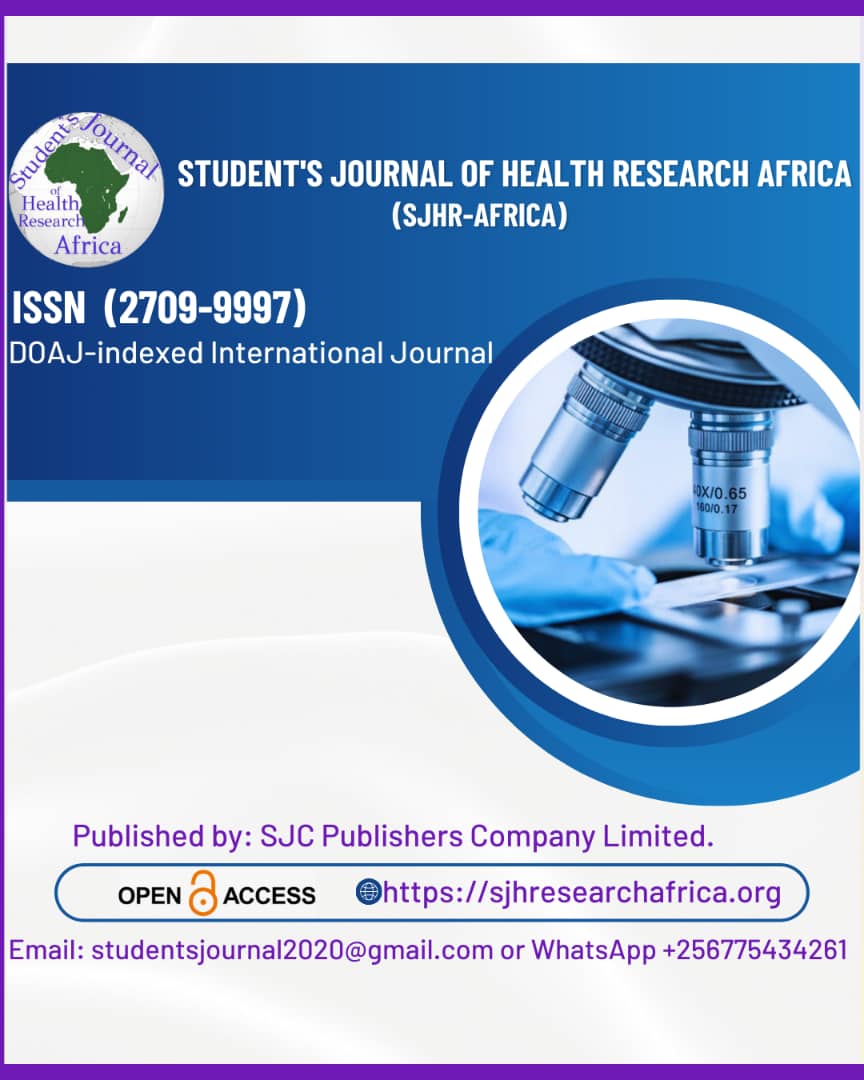Microbial Profiles and Antimicrobial Susceptibility Patterns in Diabetic Patients Attending at a Hospital in Durban
DOI:
https://doi.org/10.51168/sjhrafrica.v6i10.2092Keywords:
Diabetes mellitus, hyperglycaemia, antimicrobial resistance, methicillin resistanceAbstract
Introduction
Diabetes Mellitus is a group of metabolic disorders characterized by hyperglycaemia in the absence of treatment. Defects in insulin secretion, insulin action, or both accompany the heterogeneous etiopathology. The association between diabetes mellitus and various bacterial infections is proportionally increasing and further adds to morbidity linked to diabetes mellitus. The interplay between hyperglycaemia and impaired immune response makes diabetic patients more susceptible to a range of infections. This study examined the microbial profiles and antimicrobial susceptibility patterns observed in diabetic patients attending a public hospital in Durban, KwaZulu-Natal, South Africa.
Methodology:
A retrospective, cross-sectional study was conducted using laboratory records of 150 diabetic patients at a public hospital in Durban, KwaZulu-Natal, South Africa. Diabetic patients were identified using HbA1C results exceeding 7%. Results from microbiological analyses and antimicrobial susceptibility testing were used for the study to determine the type and frequencies of isolated microorganisms and their antimicrobial susceptibility patterns.
Results:
Escherichia coli was the most frequently isolated microorganism (27.3), followed by Staphylococcus spp (23.3%), Klebsiella pneumoniae (19%), and Enterobacter faecalis (11%). Antimicrobial patterns varied among the isolates, emphasizing the importance of effective and targeted therapeutic approaches, which ultimately enhance clinical outcomes and reduce infections associated with diabetes mellitus.
Conclusion
This study provides insight into the microbial profiles commonly found in diabetic patients and highlights their antimicrobial susceptibility patterns. Early detection of these bacterial infections is of critical importance to enable timeous treatment and avoid further infection-associated complications in diabetic patients.
Downloads
Published
How to Cite
Issue
Section
License
Copyright (c) 2025 Mr. Bongumusa Patrick Makhathini, Dr. Ziningi Nobuhle Jaya, Mrs. Roxanne Pillay

This work is licensed under a Creative Commons Attribution-NonCommercial-NoDerivatives 4.0 International License.





















